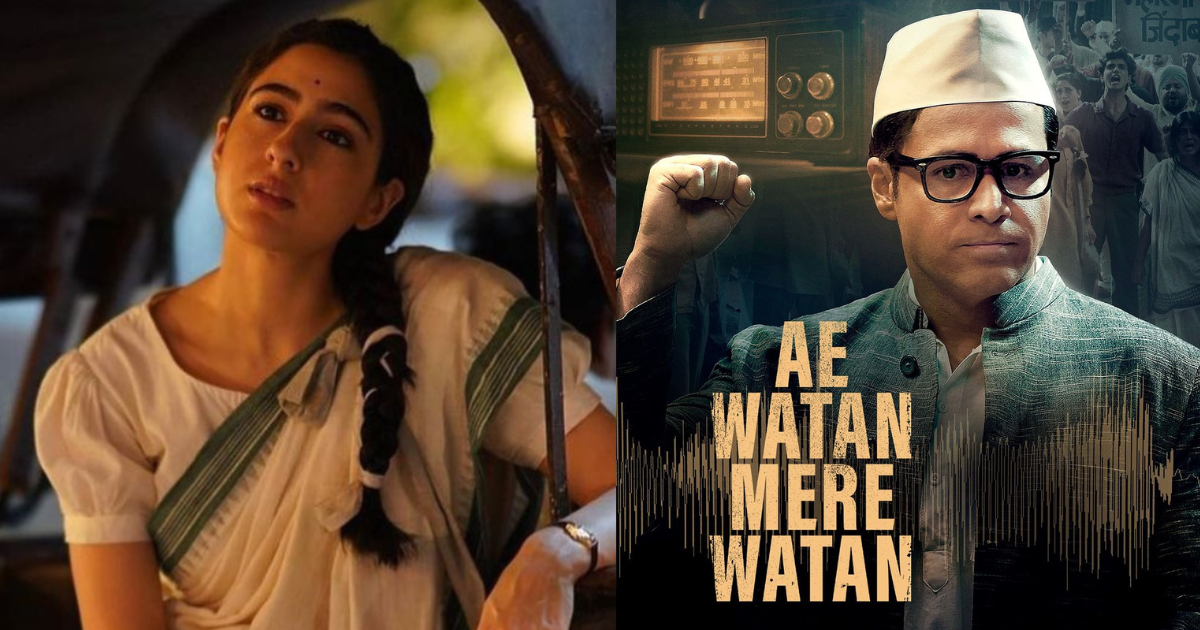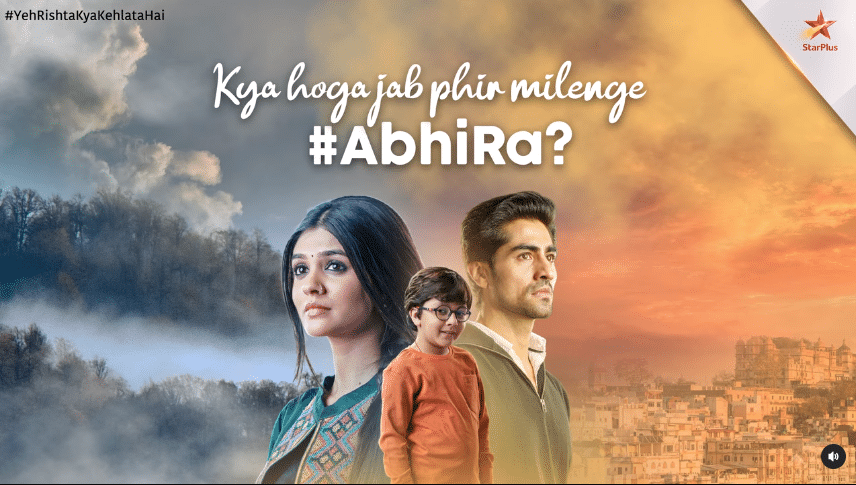CAST: Sara Ali Khan, Sachin Khedekar, Abhay Verma, Sparsh Shrivastav, Alexx O’ Nell, Anand Tiwari, Emraan Hashmi
DIRECTOR: Kannan Iyer
Streams on Prime Video
Given the trend of some Mumbai filmmakers using history and politics as platforms for overt propaganda, approaching “Ae Watan Mere Watan” requires caution. Fortunately, this historical thriller, a collaborative effort between Dharmatic Entertainment and Amazon MGM Studios, avoids being clouded by biased perspectives.

Available for streaming on Amazon Prime Video, the film stars Sara Ali Khan as a khadi-wearing freedom fighter challenging the British Empire. “Ae Watan Mere Watan” succeeds in presenting an obscure yet significant story from India’s fight for independence without succumbing to exaggeration.
In the movie, the characters passionately chant slogans, firmly oppose colonial rule, and stand against oppressive forces. However, “Ae Watan Mere Watan” is far from engaging in loud or exaggerated patriotism. Its measured approach in portraying patriotism is notable, although this subtlety doesn’t necessarily elevate the film beyond its individual elements.
“Ae Watan Mere Watan,” directed by Kannan Iyer, who made his mark with the supernatural horror “Ek Thi Dayan” ten years earlier, falls short of its potential impact. This shortfall is notable, especially in an era rife with trivial news cycles, despite containing elements that could deeply resonate.
Penned by Darab Farooqui, the film focuses on a significant episode in the life of freedom fighter Usha Mehta. Sara Ali Khan’s portrayal of the main character appears too refined and delicate to fully embody the remarkable woman’s profound resilience and resolve. She is a misfit in this role.
Drawing inspiration from Mahatma Gandhi’s “do or die” mandate during the Quit India movement, Usha Mehta, then 22 and in conflict with her father—a pro-Churchill judge who disagreed with aligning with the Congress—established a clandestine radio station in 1942. This station was pivotal in spreading the call for independence among the populace.
)
The narrative only skims through a brief, yet intense, chapter of history, highlighting the months of Usha’s resistance until the authorities intervened, leading to her and her team’s arrest. Despite facing a ban on radio stations during World War II and risking severe punishment, not to mention her father’s disapproval, Usha’s courage remains unshaken.
Uday Chandra’s portrayal of Gandhi is brief, appearing in just two scenes. The film, however, shifts its focus to socialist leader Ram Manohar Lohia, with Emraan Hashmi making an extended cameo. Lohia’s influence resonates throughout the narrative, as his voice becomes a staple on the radio broadcasts and beyond, while Usha and her allies, Kaushik (played by Abhay Verma) and Fahad (Sparsh Shrivastava), operate the clandestine Congress Radio, evading capture by the authorities for as long as possible.
Historically, Hindi cinema has overlooked Lohia’s contributions. “Ae Watan Mere Watan” seeks to remedy this by placing him prominently within the story of Usha Mehta, thereby highlighting a lesser-known chapter of history. Emraan Hashmi brings Lohia to life with an understated performance that avoids flamboyance, adding significant weight to the role.

Despite the solid performances, the film battles to maintain momentum and depth. Rather than embodying the intense thriller it aims to be, complete with suspenseful action and pursuits, it falls short in conjuring the necessary tension and sense of peril.
The movie metaphorically aligns broadcasting over the airwaves with spreading one’s wings. Echoing Mahatma Gandhi’s call to his followers, Usha aims to harness the power of radio transmissions in her quest for freedom, broadcasting “from somewhere in India.”
Mumbai Police inspector John Lyre, portrayed by Alexx O’Nell, pursues the architects of the covert radio station. The film reaches its zenith during a raid on the secret broadcast facility, a scene hinted at in an opening prelude.
A dramatic moment unfolds as Usha is confronted by a cop, gun aimed at her, while she descends a staircase. This intense moment transitions to a flashback of Usha as a ten-year-old in Surat, attentively listening in an outdoor class as her teacher elucidates the essence of the freedom movement.
The film’s presentation is somewhat rigid, leaning heavily on dialogue that tends more towards oratory than natural conversation. Nevertheless, “Ae Watan Mere Watan” articulates points of modern relevance. In a key scene, Usha underscores the empowering role of news against an associate’s complaint about the era’s newspapers disseminating falsehoods, arguing for the necessity of conveying truth to the populace amidst a landscape of misinformation perpetuated by official channels.
Another notable moment involves a discussion on the dangers of blind devotion. The narrative references Lohia’s balanced admiration and critique of Jawaharlal Nehru to highlight the importance of critical thought even within admiration.
Lohia’s philosophy is further invoked to argue that opposition to tyranny is not about victory, but about the principle of resisting oppressive rule. “Ae Watan Mere Watan” thus offers a nuanced view of patriotism, not as an ultimate solution but as part of a broader conversation on freedom, unity, truth, and pragmatism. It injects a subversive undercurrent, giving the film a distinctive quality and commemorating the unsung heroes of India’s independence movement through a story of love, revolution, and the quest for truth.
The exceptional production design meticulously captures the nuances of the era, while the cinematography by Amalendu Chaudhary imbues the film with a visually stirring essence.
“Ae Watan Mere Watan” communicates its themes with precision and forthrightness, offering a story of substance. However, the approach to storytelling prevents it from achieving a level of engagement or emotional impact that could be described as consistently captivating or profoundly stirring.




